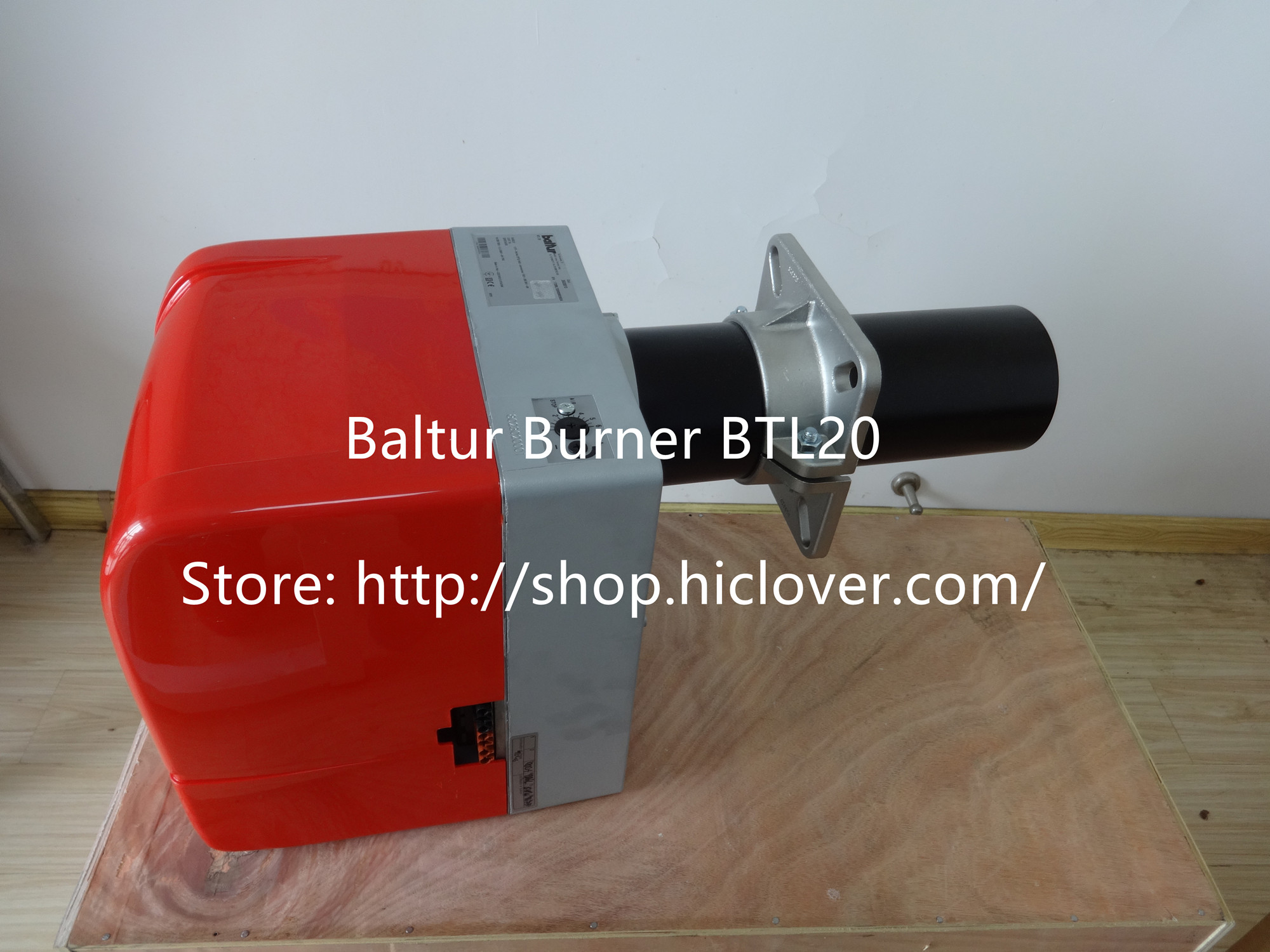Inside the World of Incinerators: A Closer Look at the Waste-to-Energy Process- incinerator

Incineration is a waste management method that has been used for centuries to dispose of waste materials by burning them at high temperatures. In recent years, incinerators have become more sophisticated and efficient, turning waste into energy through a process called waste-to-energy (WtE) conversion. In this article, we will take a closer look at the world of incinerators and the waste-to-energy process.
Incinerators are large facilities that are equipped with furnaces, air pollution control systems, and waste feed systems. The waste feed systems bring in solid waste materials, which are then burned in the furnace at temperatures exceeding 1,800 degrees Fahrenheit. As the waste is burned, it generates heat, which is used to produce steam. The steam is then used to drive turbines that generate electricity. This process is known as waste-to-energy conversion.
One of the key benefits of incinerators and the waste-to-energy process is that it helps reduce the volume of waste that ends up in landfills. By burning the waste and converting it into energy, incinerators can significantly reduce the amount of waste that needs to be landfilled, thus helping to conserve valuable landfill space.
Furthermore, incinerators can also help offset greenhouse gas emissions. When waste decomposes in landfills, it produces methane gas, which is a potent greenhouse gas that contributes to global warming. By burning waste in incinerators and capturing the energy produced, we can reduce the amount of methane gas that is released into the atmosphere.
In addition to reducing landfill waste and greenhouse gas emissions, incinerators also provide a source of renewable energy. The electricity generated from the waste-to-energy process can be used to power homes, businesses, and industries, reducing the dependence on fossil fuels and lowering carbon emissions.
However, there are also challenges and concerns associated with incinerators and the waste-to-energy process. One of the main concerns is air pollution. Burning waste releases pollutants such as dioxins, furans, and heavy metals into the atmosphere, which can have harmful effects on human health and the environment. To address this issue, incinerators are equipped with air pollution control systems, such as scrubbers and filters, to capture and remove pollutants before they are released into the air.
Overall, incinerators and the waste-to-energy process play a vital role in modern waste management and renewable energy production. By converting waste into energy, incinerators help reduce the amount of waste that ends up in landfills, offset greenhouse gas emissions, and provide a source of renewable energy. However, it is important to continue developing and improving incinerator technology to minimize air pollution and maximize energy efficiency. With proper regulation and oversight, incinerators can be a sustainable and effective solution for managing waste and generating clean energy.